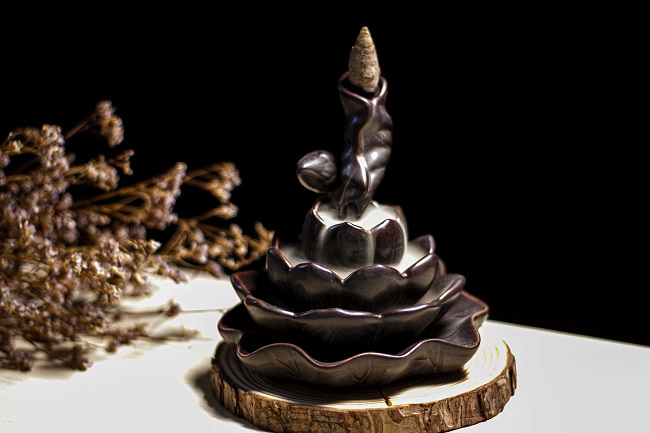News
THE JOURNEY OF AGARWOOD FORMATION – FROM AQUIRARIA ROOTS TO THE ESSENCE OF VIETNAMESE AGARWOOD
1. Types of Natural Agarwood
– Ky Nam: The highest quality type of agarwood, known for its high essential oil content, light weight, and soft, pliable texture. When tasted, it offers a combination of sour, spicy, bitter, and sweet flavors. It has a gentle, sweet natural aroma. When burned, the smoke rises in a straight, beautiful stream with a light greenish hue. Kỳ Nam is classified into four types: Bạch kỳ (White Ky), Thanh kỳ (Blue Ky), Huỳnh kỳ (Yellow Ky), and Hắc kỳ (Black Ky).
Types of Natural Agarwood
– Standard Agarwood: Has less essential oil than Kỳ Nam and is heavier. It usually only releases its fragrance when burned, producing white smoke that slowly disperses into the air. According to ancient texts, there are five types: Hoàng Lạp Trầm, Hoàng Trầm, Giác Trầm, Tiến Hương, and Kê Cốt Hương-with Hoàng Lạp Trầm being the finest.
– Speed Agarwood: Contains less essential oil than both Kỳ Nam and Trầm Hương. The oil is primarily concentrated on the outer part, following the wood grain. Though there are dozens of types, they are generally divided into four main categories:
- Tốc Đỉa: Has the highest oil content; pieces are small, about the size of a finger or a leech.
- Tốc Dây: Long, root-shaped pieces with scattered oil content, forming visible rings along the wood grain.
- Tốc Hương: Known for its standout fragrance with flaky oil distribution.
- Tốc Pi: Has thin, surface-level oil layers surrounding the wood in tower or large-tube forms.
2. Types of Artificial Agarwood
To meet market demand, artificial agarwood has been developed. While it lacks the high value of natural agarwood, it still offers respectable quality. The two most common artificial types are Sánh Agarwood and Oil-Infused Agarwood.
Sánh Agarwood:
Produced by stripping the bark of the Aquilaria tree and applying a chemical agent to induce resin formation. It comes in a variety of colors, from light brown to deep black. The scent is gentle and pleasant, though not as rich or long-lasting as natural agarwood. It has high hardness and is resistant to warping or pests.
Types of Natural Agarwood
Oil-Infused Agarwood:
Created by infusing Aquilaria wood with agarwood essential oil. The aroma is strong and long-lasting, with colors ranging from light brown to deep black. It is produced by two methods:
- Heat Pressing: Simple to perform but yields lower quality agarwood with weaker, shorter-lived fragrance.
- Hydraulic Pressing: Produces higher quality infused agarwood with richer scent, though it requires higher production costs.
3. Other Common Names for Agarwood Types
- Root Agarwood: Formed in the roots of the Aquilaria tree, known for its dense wood and high value.
- Central Stem Agarwood: Formed in the center of the tree trunk.
- Lower Base Agarwood: Formed near the lower base of the tree.
- Surface Agarwood: Forms on the outer layer of the tree with thin oil deposits.
- Dense Core Agarwood: Found in the tree trunk with tightly packed grain and high oil content.
- Branch Scar Agarwood: Forms at broken branch points where the wound creates resin deposits.
- Large Scar Agarwood: Similar to branch scar but formed from larger breaks in branches or the trunk.
- Ant-Affected Agarwood: Forms due to small, long-term insect (ant) damage that induces resin production.
Note: These names are based on characteristics such as formation time, location, shape, and quality. They are not standardized globally and may vary depending on each country or collector community.
Types of Natural Agarwood
💛 Tracy Gifts – Spreading the True Value of Agarwood
With over 40 years of family heritage and a modern spirit, Tracy Gifts offers not only the finest handcrafted agarwood products but also promotes a peaceful lifestyle philosophy—connecting nature and human happiness in harmony.
Editorial_Tracy Gifts



